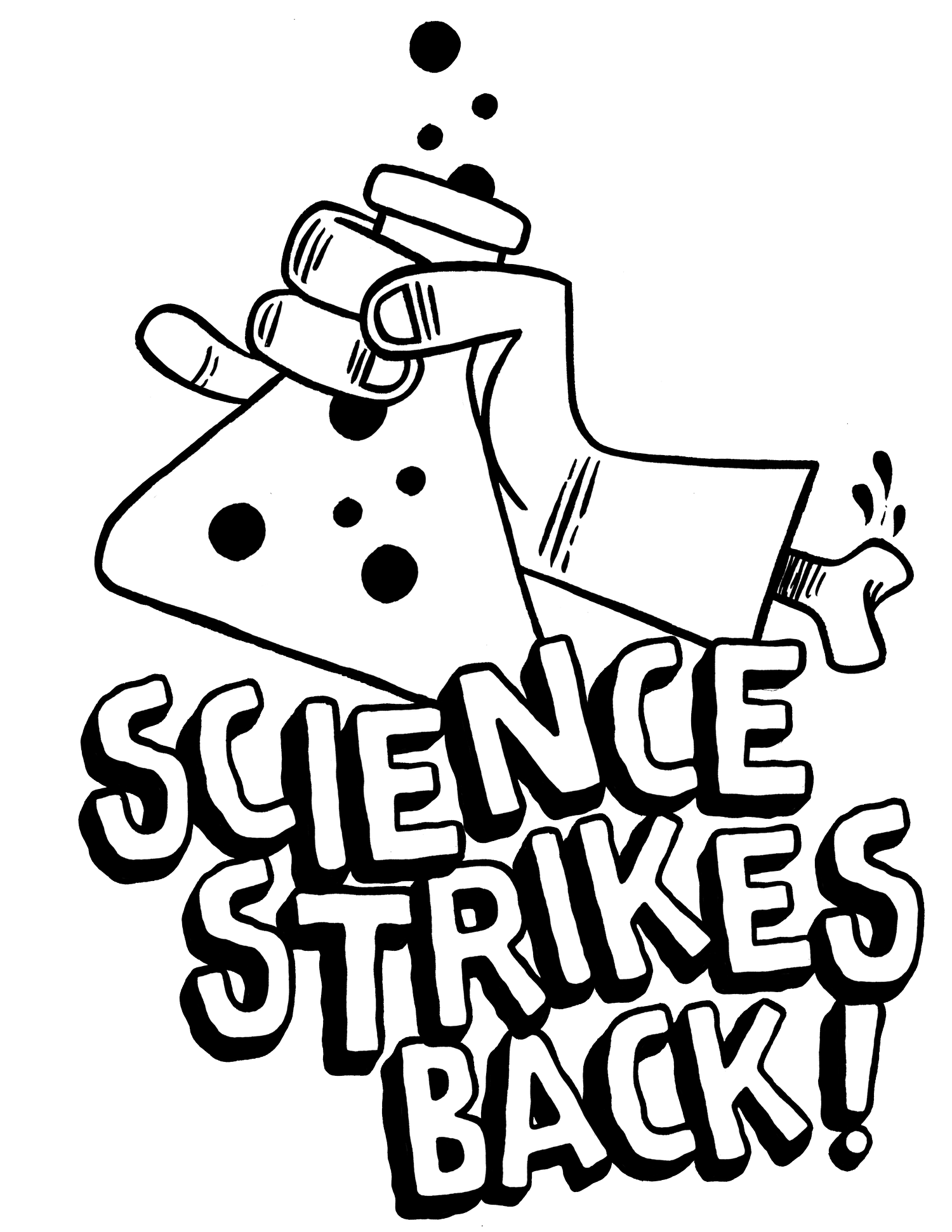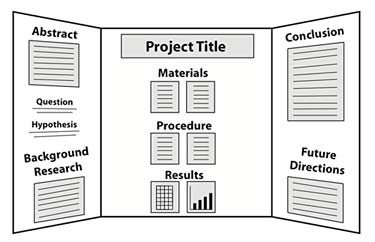
PRESENT
Whether you are sciency or not, this is the (community) science fair for you!
What problem facing our community do you want to help solve? For what issue do you want to raise awareness? Are you imaginative, inquisitive, artistic, or have a hypothesis you are itching to share with the world? Well, then why not find a conclusion and enter to present your findings at Science Strikes Back!
To learn about what it takes to present a project continue reading on this page or to learn about the different categories you can enter (this is more than a science fair) click here.
Scoring
Science Strikes Back community judges use a rubric created by the event organizers to evaluate the projects on collaboration, quality of the presentation and research, originality and voice, and meaningfulness and relevance. Descriptions of each category are described below. Please review how your projects will be judged so you know how best to prepare. Event judges will consist of volunteers from the community.
Numeric rating system
The criteria below will be used to judge competition entries within each challenge area using the numeric rating system. Competitors, keep these criteria in mind as you develop your project.
-
Worked as a Team
sought and incorporated unique perspectives and diverse voices
-
Innovative ideas and methods
Everyone on the team helped shape the project
-
Team members learned something from the project and process
Excitement for the relevance of the project
Project has the potential to impact their community
-
Team members learned something from the project and process
Excitement for the relevance of the project
Project has the potential to impact their community
DISPLAY TEMPLATES
Title
Abstract
Question
Variables and hypothesis
Background research
Materials list
Experimental procedure
Data analysis and discussion including data chart(s) & graph(s)
Conclusions (including ideas for future research)
Acknowledgments
Bibliography


